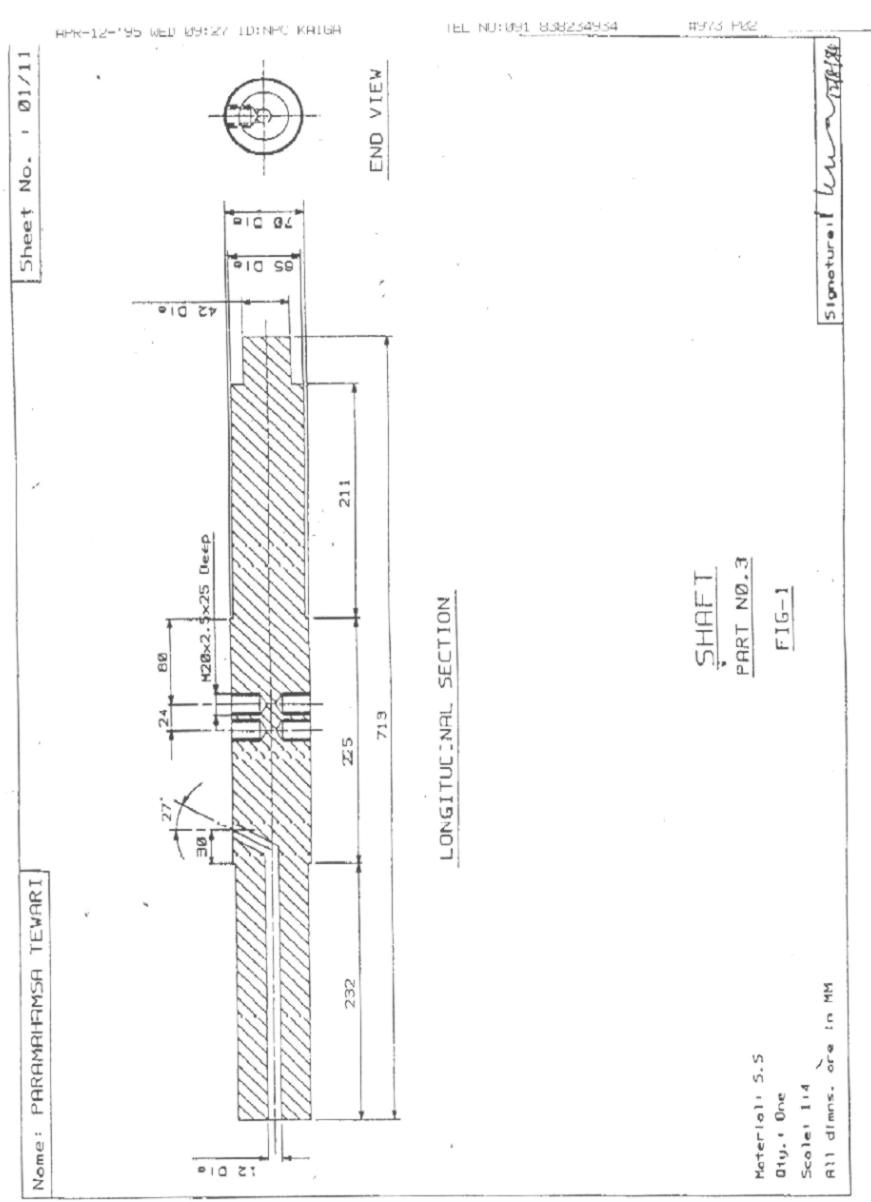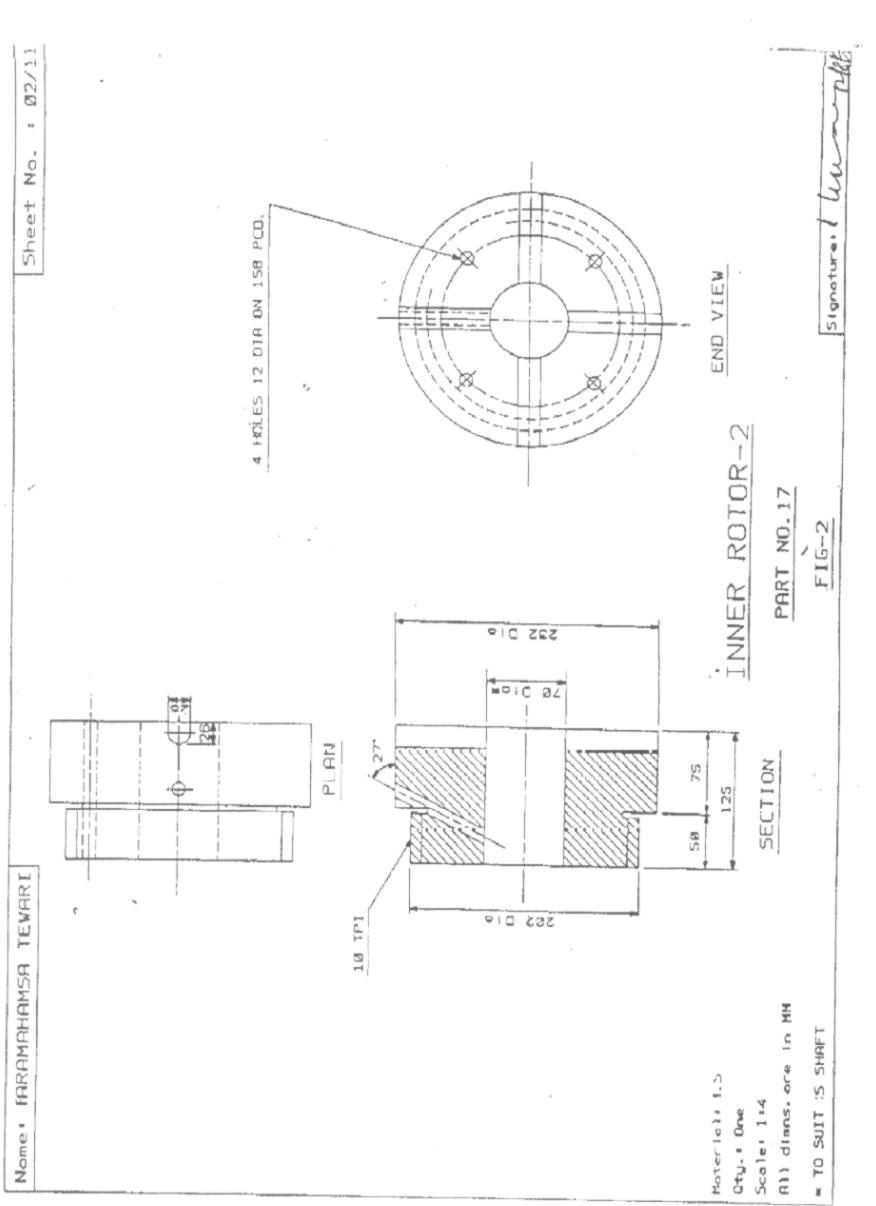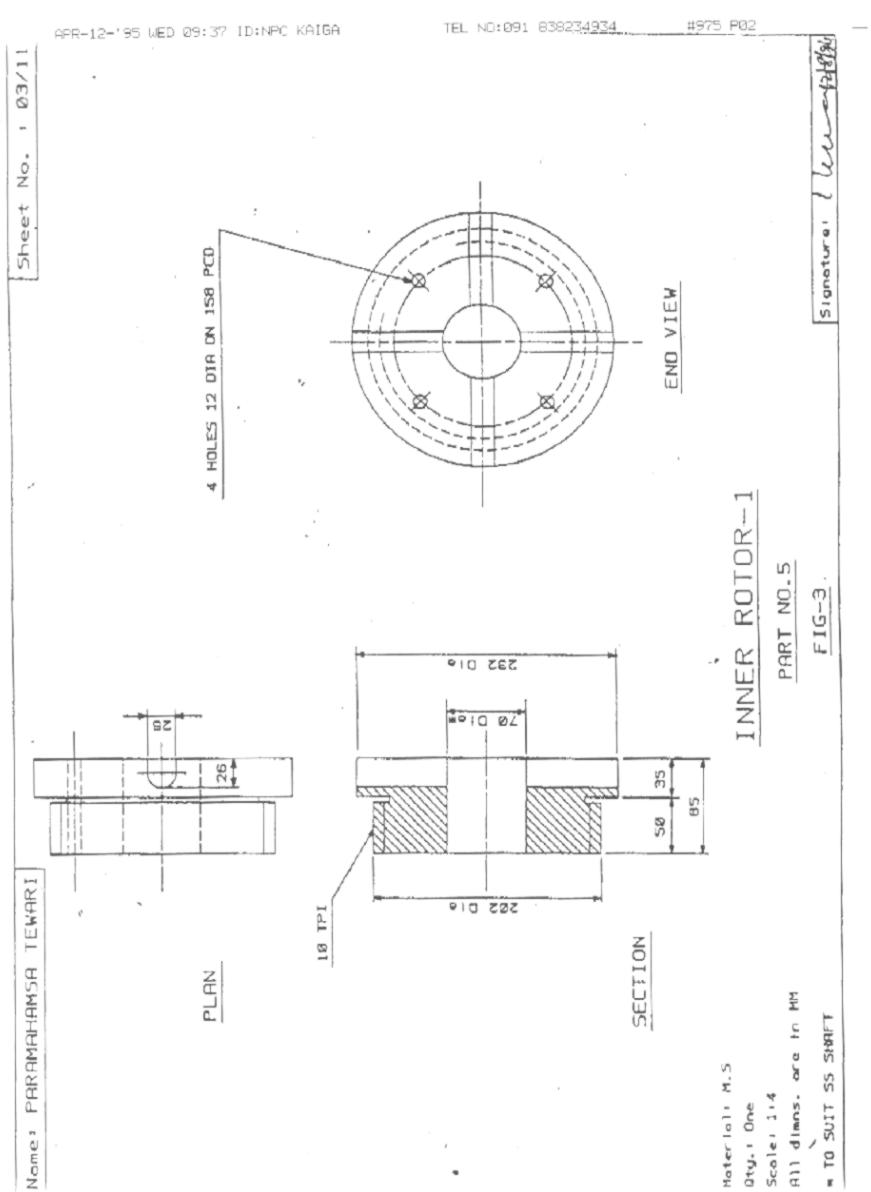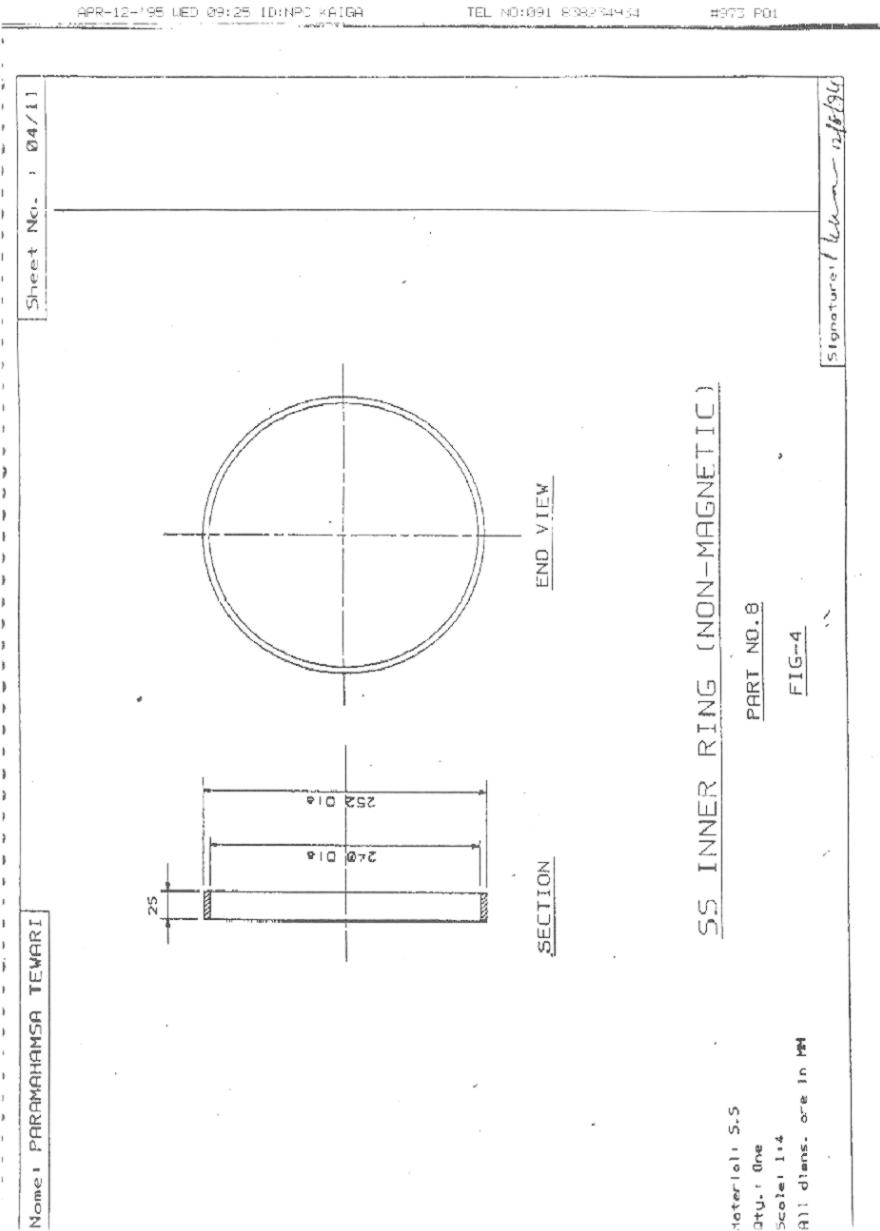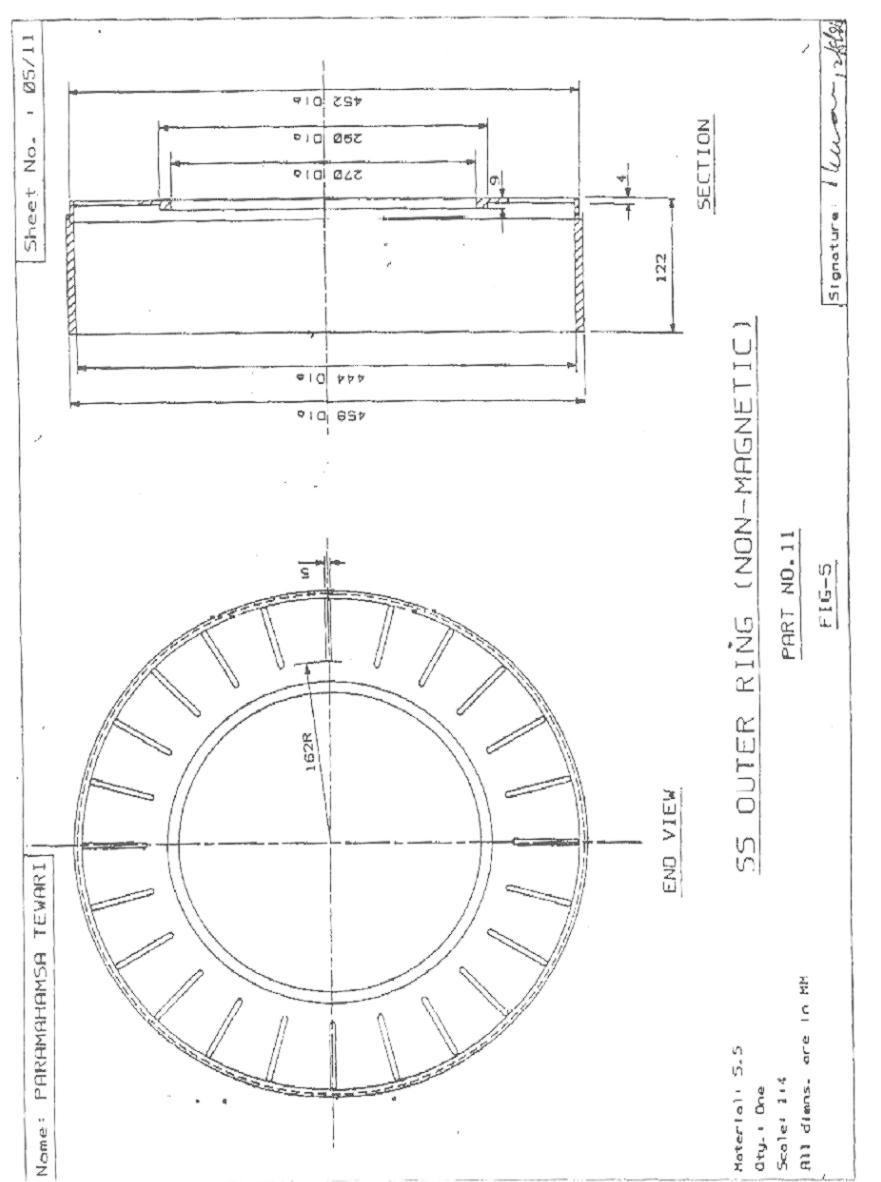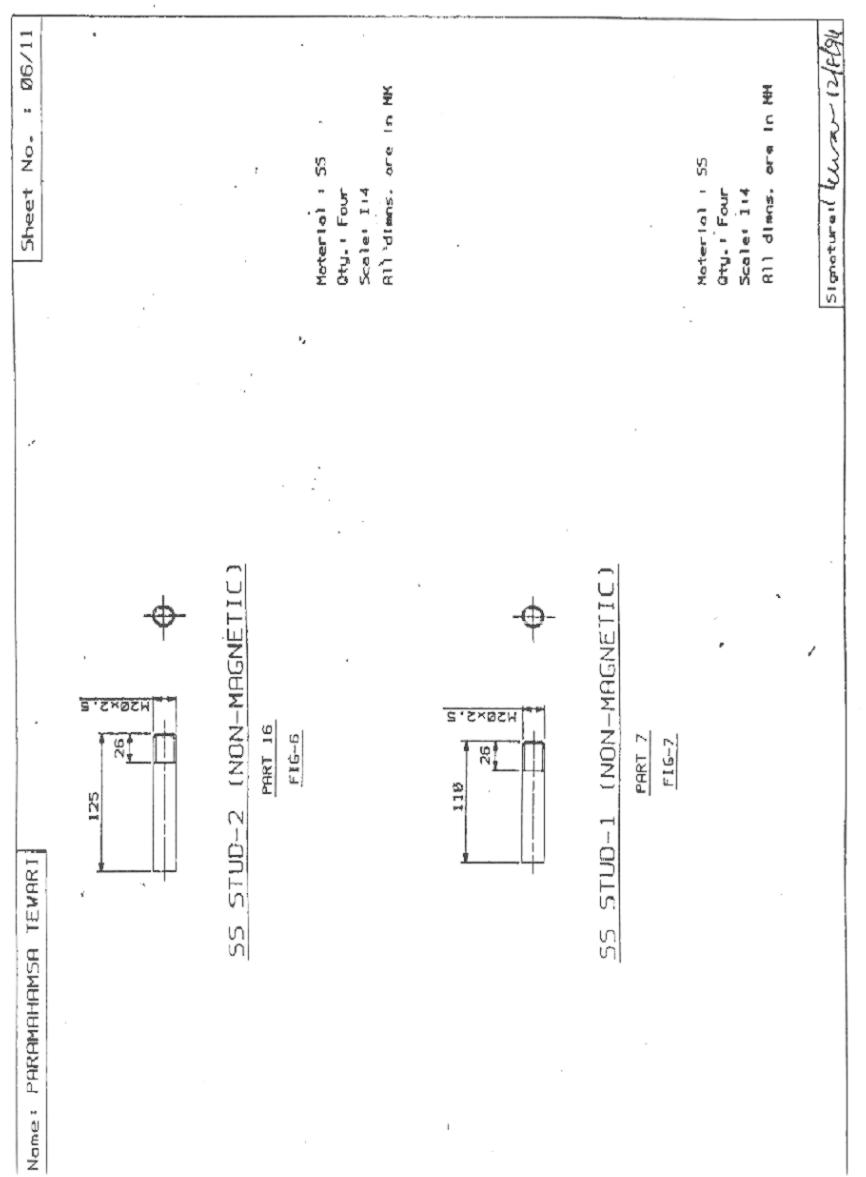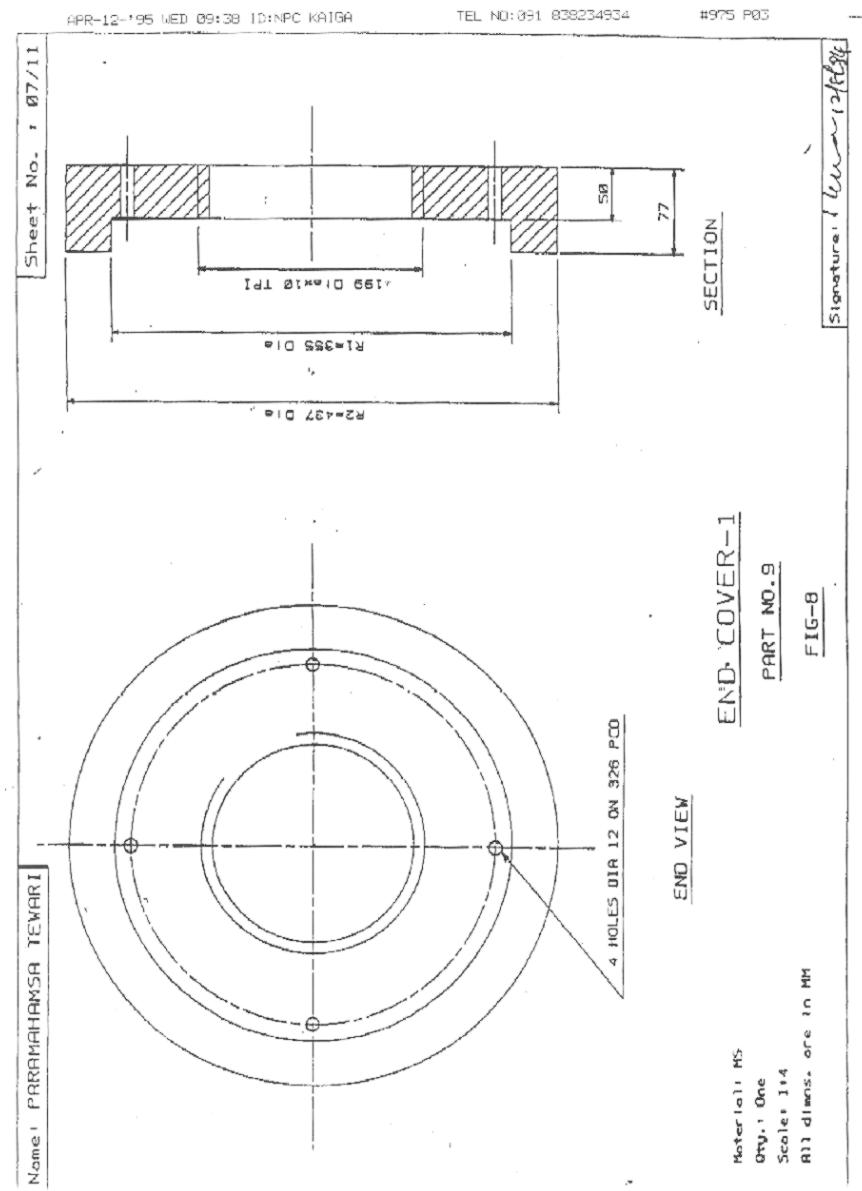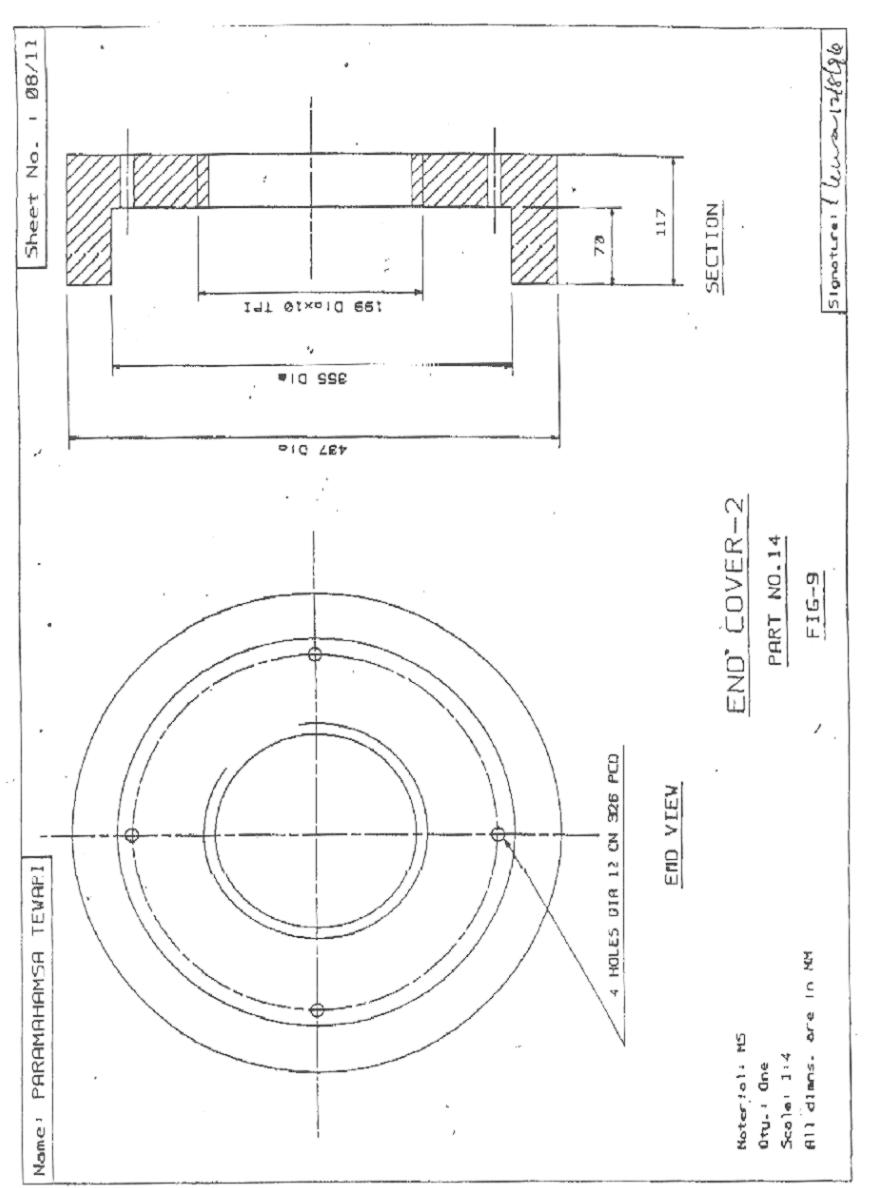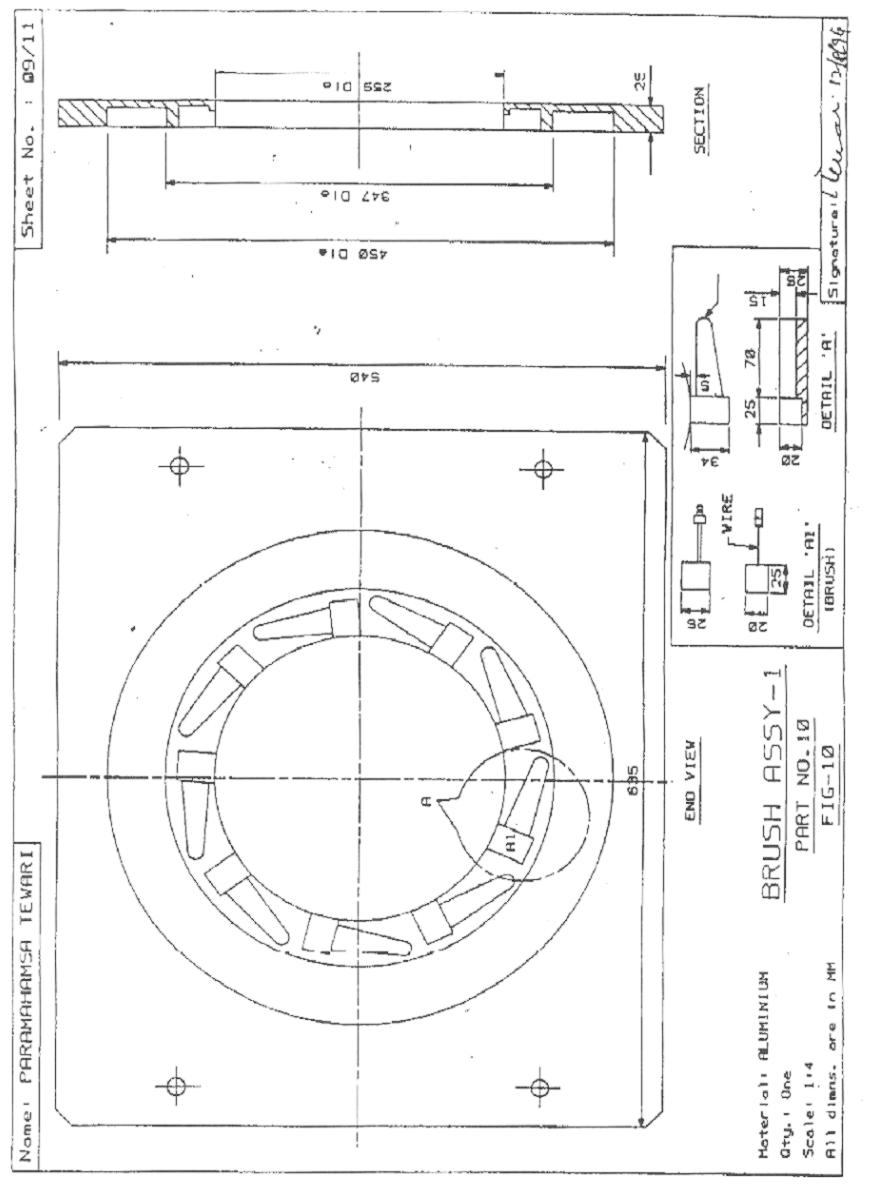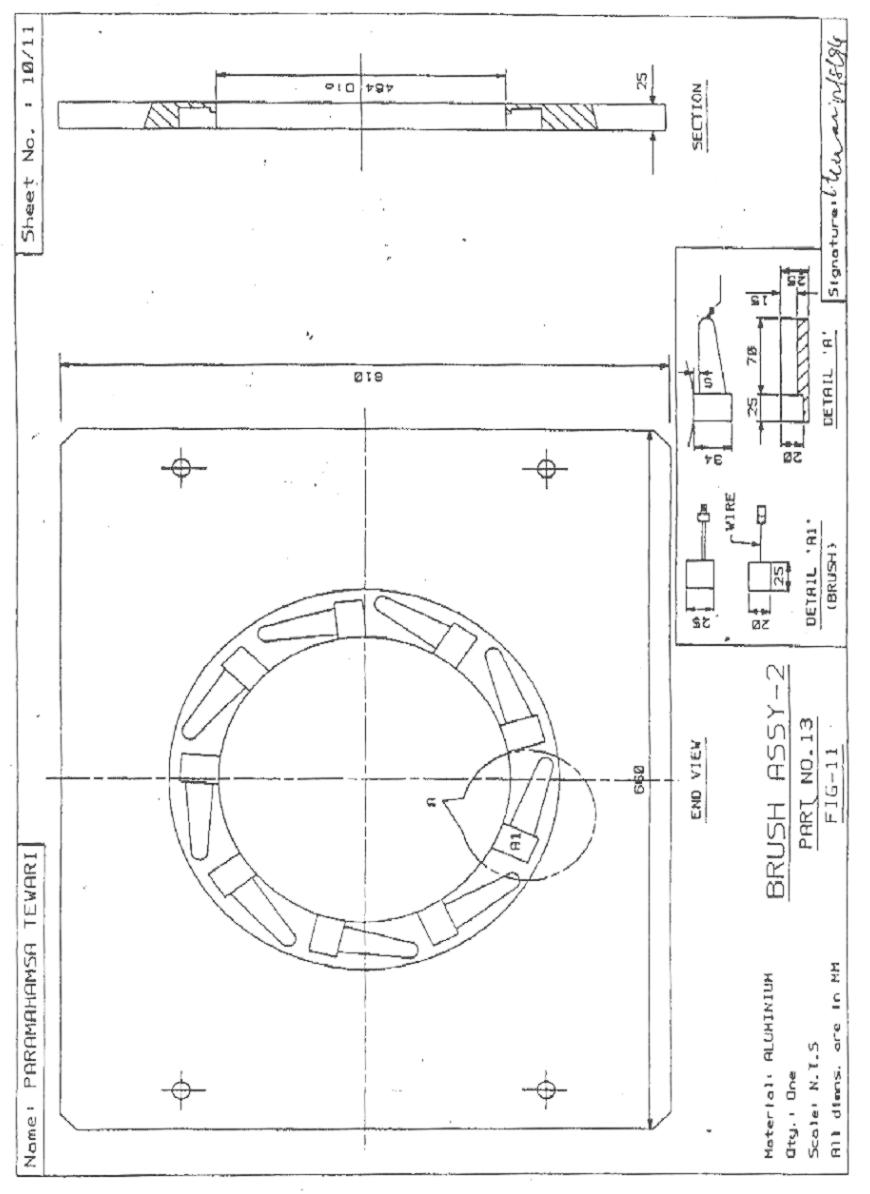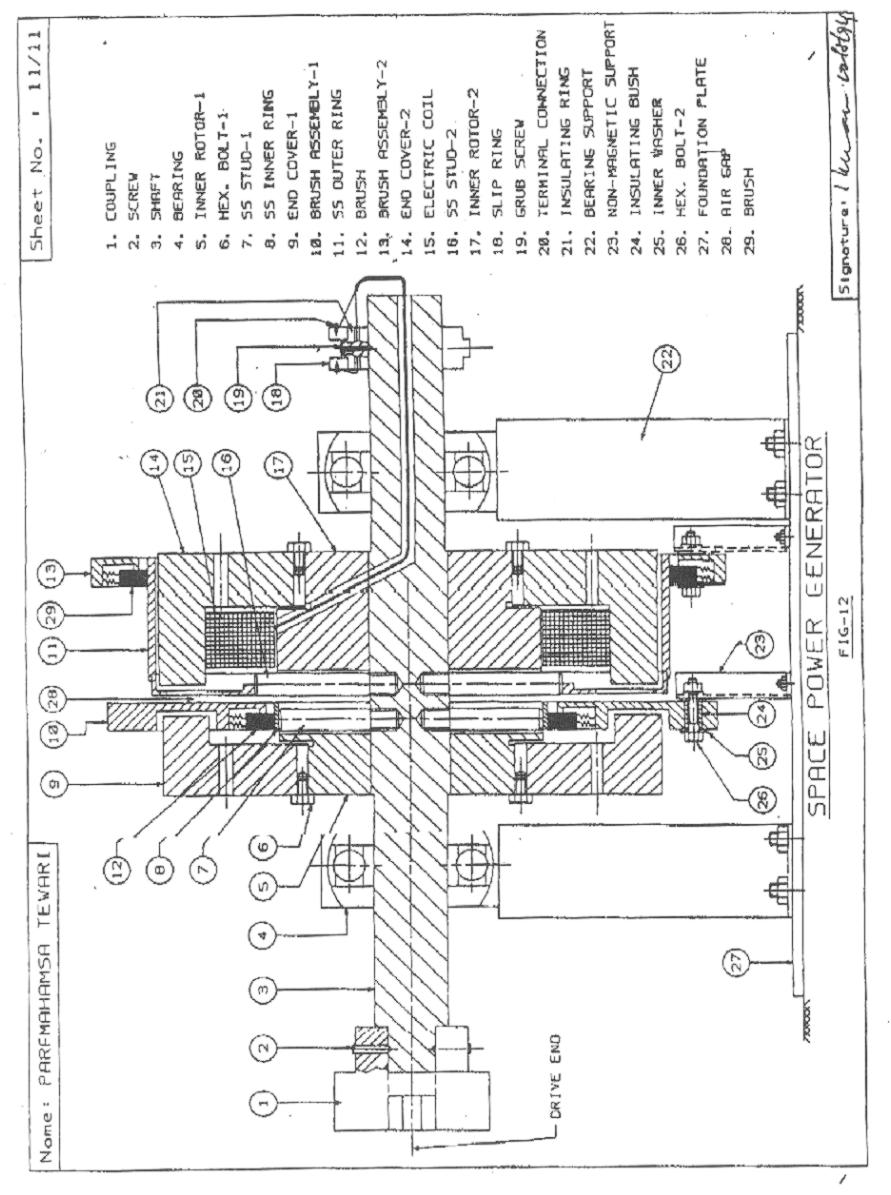In 1974 a generalized theory of matter and energy which
showed that energy can be developed in vacuum by positing electron's
was proposed the writer and the same was registered with the Copy Right
Office, Government of India (Registration No.L 6823/ 74). The writer also
had published his works entitled "The Substantial Space and Void-nature
Of Elementary Material Particles" in 1977, and "Space Vortices of Energy
and Matter" in 1978. Bruce DePalma, erstwhile lecturer, MIT,
USA having learnt then on above theoretical works wrote to the writer in
May 1978 and sent some details of his experiments on rotation of conducting
disc magnets by which electrical power could be generated at high efficiency.
Since then and more vigourously since 1985, the writer performed
many experiments to pinpoint the source of generation of additional power,
and named the machines developed by the writer as "Space Power Generator".
Bruce DePalma had named his own system of rotating magnets as "N-Generator"
based on his discovery of "N-Effect". In an article, "On the possibility
of Extraction of Electrical Energy Directly from Space", Bruce DePalma
wrote in April 1990, "A parallel programme of Space Power Generators (SPG)
has been taking place in India since 1978. P. Tewari of the Indian Atomic
Board had developed a generalized theory of matter and energy
which showed that energy could be developed from the vacuum by positing
a structure for electron. Having received the experimental results of the
"Sunburst" machine he instituted an R&D programme to develop
practical versions of the SPG for general use. Tewari has constructed N-Machine/SPG
apparatus which produces excess output power over that required to rotate
the generator when all losses have been subtracted from the output generated
power"
The German Association Of Gravity Field Energy invited
the writer to an International Conference held at Hannover in 1987 to deliver
a lecture on his research on "Space Power Generation" and awarded the First
Prize for the demonstration of a working model of SPG. Also, on his new
field of research, many papers by the writer have been published in the
Proceedings of the International Conferences in USA and Italy where he
was invited to deliver invited talks. The present patent application pertains
to "High Efficiency Space Power Generator (SPG)" invented by the writer
through his experiments given in the above published papers.
In electromagnetic induction, which is the principle used
in conventional d.c generators, electromotive force (emf) is
induced when magnetic flux cuts a conductor due to motion of the conductor
relative to the flux or vice-versa. Also, emf is induced when flux linkage
with the conductor changes with time. Faraday in 1832 rotated together
a copper disc and a magnet with magnetic field at right angles to the surface
of the copper disc and noticed
generation of emf between periphery of the disc and its
axis though there was no relative motion between the copper disc and the
magnetic field. The effect noticed by Faraday does not appear in engineering
text books and therefore not known to many. DePalma's experiments too are
similar to Faraday's in the sense that an electromagnet, with cylindrical
core and the electric coil integrally mounted on it, is rotated to produce
emf between its periphery and the axis of rotation. In this system the
efficiency of electrical power produced as discovered by Bruce DePalma
is at very high efficiency. The writer discovered through his
experiments that in a rotating integral assembly of cylindrical iron core
and electric coil mounted around it, emf is induced also in radial conductors
in the core and without being in contact with the core except at the central
axis of rotation, despite the fact that it has no contact with the steady
magnetic field in the core. This unique effect of magnetic induction was
pubished by the writer in an article entitled "Electromagnetic Induction
of Space Substratum", Page 16, Jan-Feb 1992 Journal of Borderland Research,
CA, USA, and is the basic concept utilised in the development of the present
invention. To summarise:
1. Faraday discovered that electromagnetic induction,
in a co-rotating assembty of conducting disc and disc magnet is possible.
2. Bruce DePalma discovered the above effect of Faraday
and also that electrical power produced through such a co-rotating magnet
field-conductor system is at very high efficiency.
3. The writer discovered that electromagnetic
inductcion in such a co-rotating magnetic-conductor system can take place
even when the radial conductor embedded in the conducting disc is neither
in contact with the magnetic field nor is cut by the magnetic field.
The development of this invention took place
due to the above new phenomena of electromagnetic induction.
